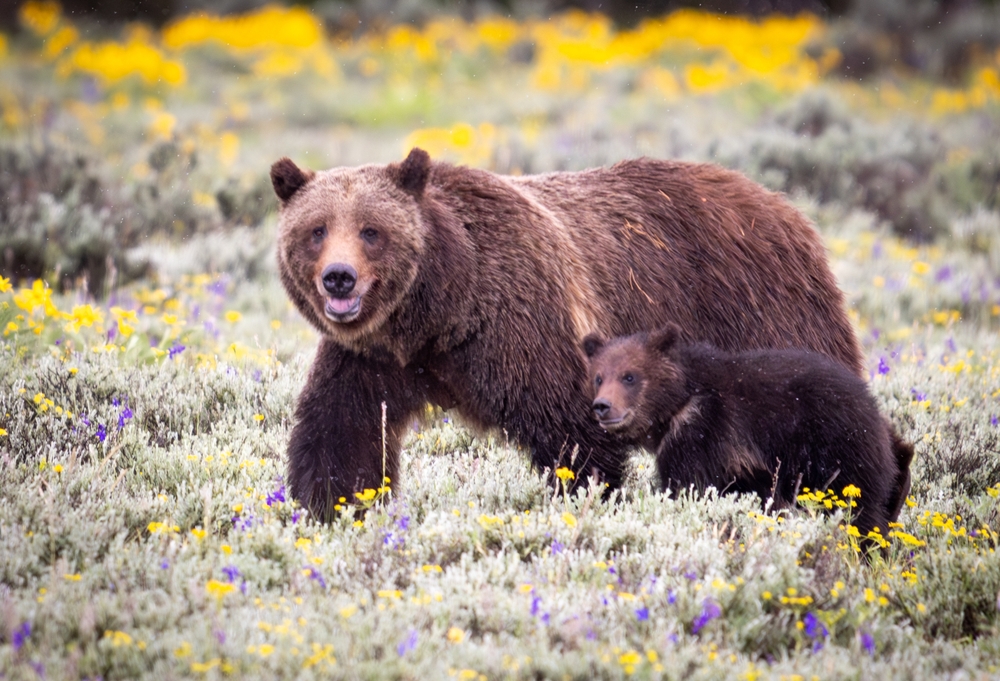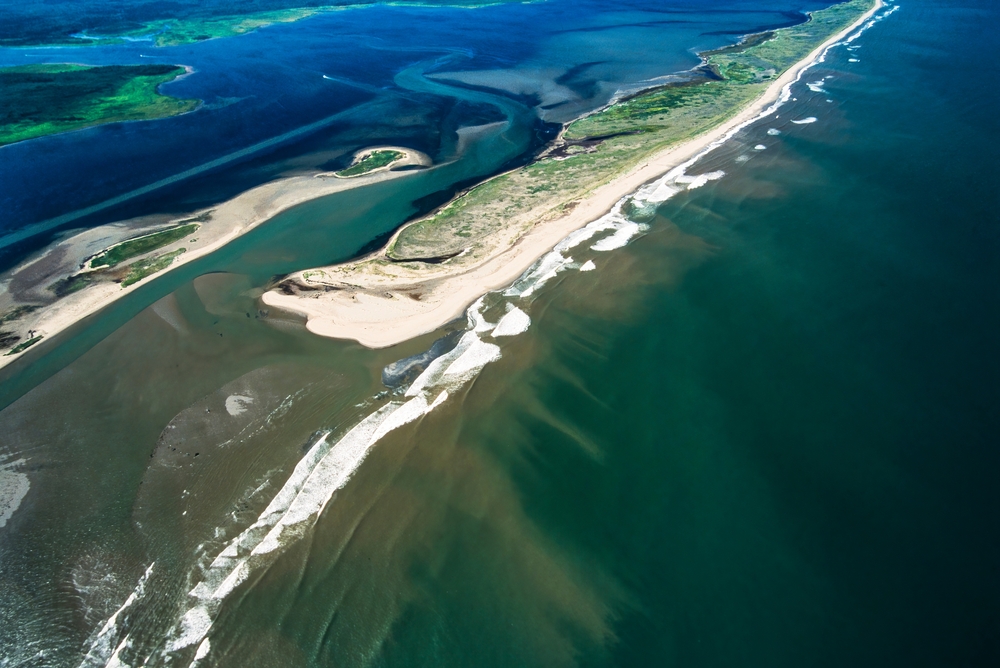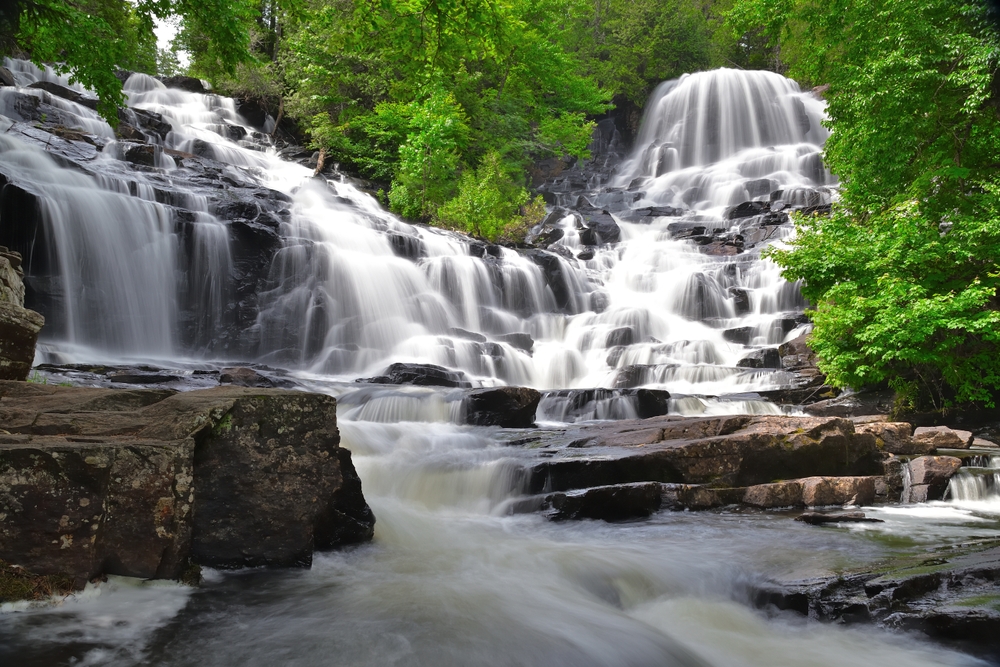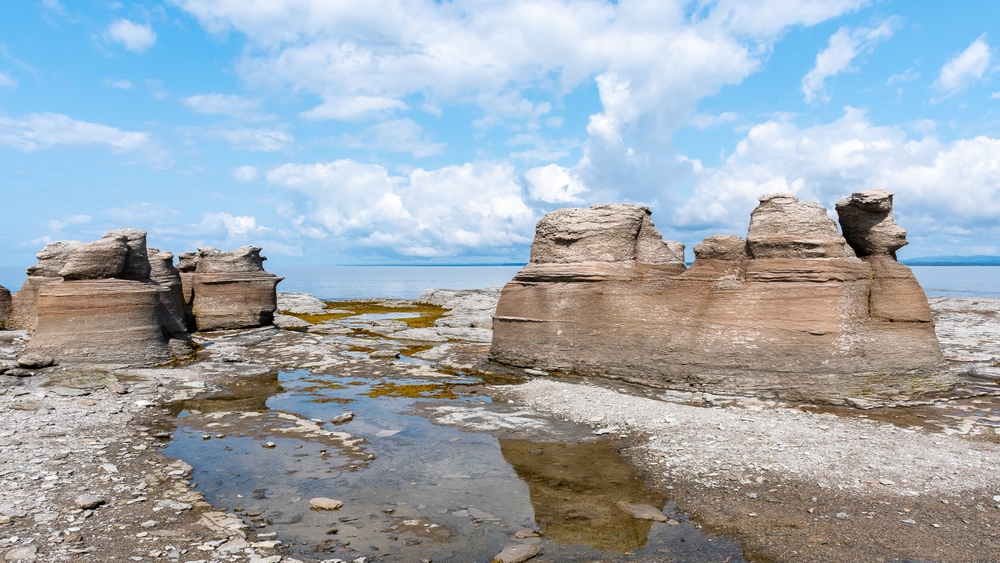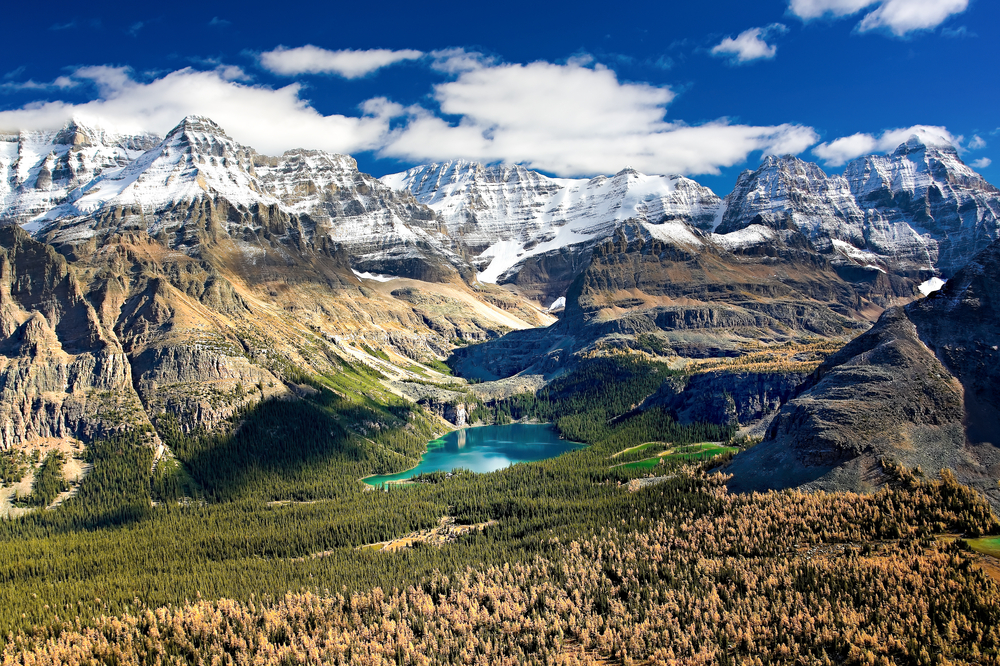Naats’ihch’oh Overview
Naats’ihch’oh National Park, located in the Northwest Territories of Canada, spans an area of approximately 1,836 square miles (4,850 square kilometers).
Situated near the border with Yukon, this remote and rugged park is named after the Naats’ihch’oh mountain, a peak that holds deep cultural and spiritual significance for the Indigenous Shúhtagot’ine (Mountain Dene) people. The park is part of the greater Nahanni watershed, complementing the neighboring Nahanni National Park Reserve and helping to protect a vast expanse of northern wilderness.
The landscape is characterized by towering peaks, glacial-fed rivers, alpine tundra, and vast boreal forests. The South Nahanni and Natla Rivers carve through the terrain, offering striking views of deep canyons, braided channels, and pristine valleys. The park’s elevation varies dramatically, from lowland river valleys to craggy mountain summits, creating a striking contrast of ecosystems that support a diverse range of plant and animal life.
The park’s rugged terrain hosts a mixture of boreal and subalpine ecosystems. Black and white spruce forests dominate the lower elevations, interspersed with patches of willow, birch, and aspen. As one ascends into the alpine regions, the vegetation becomes sparse, giving way to windswept tundra covered in mosses, lichens, and hardy shrubs. This transition in habitat types provides critical refuge for a variety of wildlife species.
One of the most notable inhabitants of the park is the northern mountain caribou, a species that migrates through the region and relies on the vast, undisturbed landscapes for calving and foraging. Dall’s sheep are frequently seen navigating the rocky slopes, while grizzly bears roam the valleys and forests in search of food.
Other large mammals include moose, wolves, wolverines, and black bears. Bird enthusiasts can spot golden eagles soaring above the cliffs, as well as peregrine falcons, gyrfalcons, and a variety of waterfowl and songbirds that inhabit the wetlands and river corridors.
Visitors are drawn to Naats’ihch’oh National Park for its remoteness and opportunities for backcountry adventure. One of the most popular activities in the park is paddling along the South Nahanni River, a journey that offers a mix of calm waters and exhilarating rapids set against a dramatic mountain backdrop. Whitewater enthusiasts also seek out the Broken Skull River, known for its challenging rapids and breathtaking scenery.
Hiking and backcountry camping provide ways to explore the park’s untamed landscapes, with routes leading to alpine lakes, glacial valleys, and panoramic mountain vistas. Wildlife viewing and photography are rewarding experiences, especially for those with patience and a keen eye for spotting the elusive species that inhabit the park.
As part of the larger Nahanni ecosystem, Naats’ihch’oh faces conservation challenges such as climate change, which threatens permafrost stability and alters habitats critical for wildlife. Resource development outside park boundaries poses potential risks, particularly regarding water quality and caribou migration routes.
However, the park’s creation marked a major conservation success by securing protection for a significant portion of the watershed and maintaining ecological integrity. Collaborative management with the Shúhtagot’ine ensures that traditional knowledge informs conservation efforts, strengthening the park’s role in safeguarding cultural heritage and biodiversity for future generations.








































































